One highly useful modern technology that helps us to take advantage of our higher-resolution screens is HDR. HDR allows TV displays to access a much wider spectrum of colours, to render every minute detail of a given image in greater clarity. HDR technology can take a number of distinct forms, and perhaps one of the most recognisable is Dolby Vision.
If you’re reading this, you’ve likely discovered that your shiny new TV is compatible with Dolby Vision, or you’ve been recommended to keep an eye out for the technology in your next TV. Either way, we’re here to tell you everything you need to know about Dolby Vision!
What Does Dolby Vision Do?
To find out what Dolby Vision does, it’s key to take a look at what its parent technology HDR does. HDR, short for ‘High Dynamic Range’, is a technology that quite literally enhances a given image’s range of colours and tones. It allows your TV access to more colours and more distinct tones to make every image look more detailed.
Having a greater range of colours to choose from helps a TV to create more immersive contrast that makes certain details pop, and makes darker scenes in films much easier to make out!
Dolby Vision is a natural extension of HDR technology, however, it takes it a few steps further to make it even more useful. One key way that Dolby Vision sets itself apart from HDR is its use of metadata.
Whenever an HDR program like Dolby Vision is fed content, it will analyse it in real time before sending the image to the screen. Dolby Vision does not just use the image itself, however. Alongside the image, Dolby Vision also draws from the metadata present in the content to ensure the image always looks exactly as the creator intended.
Let’s say you were playing a 4K Blu-Ray of your favourite film. Dolby Vision would collect the data present on the disc and use it as a reference point. This would help it to ensure that HDR effects are being applied properly to help the film look just as it did in theatres.
Dolby Vision also stands out because it can be used with older HDMI connections. This makes it possible to use it with even slightly older TVs. You won’t have to dish out money for a new display just to make use of it. Dolby Vision is able to do this because it carries all of the metadata for a piece of content within the video signal itself!
Dolby Vision is an incredible evolution of standard HDR technology that allows films and TV shows to look exactly as intended. For a true cinema-like experience, Dolby Vision is your best bet!
Is Dolby Vision The Same As HDR10+
Though Dolby Vision and HDR10+ may seem very similar on the surface, they both have very different effects.
The key difference between the two technologies is access. HDR 10+ is an open-source HDR format that can be used by any manufacturer when creating modern smart TVs. Dolby Vision, on the other hand, requires that manufacturers pay a licence to implement the technology. This means that it might be harder to find a Dolby Vision-compatible TV than a HDR10+-compatible TV.
Dolby Vision also has a slight advantage over HDR10+, though it might not be immediately noticeable to many. HDR10+ has a colour depth of around 10 bits. Dolby Vision, on the other hand, has around 12 bits. This allows for more colours. Again, though it may be hard to make out with the naked eye, who could possibly complain about having a TV that is more colourful?
Dolby Vision offers vastly more unique colours than standard HDR10+. This can make Dolby Vision content look even more immersive and vibrant. It’s also a highly exclusive technology. If your TV supports it, why not make use of it?

How Do You Access Dolby Vision?
Early on, it was assumed that TVs needed to have special chips already pre-installed into them to support the format. Luckily, we can report that this isn’t the case! All you need is a compatible TV, with a powerful processor. Simply perform a firmware update, and you’ll soon be able to access Dolby Vision. It’s worth consulting the internet to find out if your specific model is compatible.
If you’re buying a brand-new TV, and you want access to Dolby Vision, make sure to look out for the compatibility label. Brands like LG, Philips, TCL, and Toshiba all provide access to the format on their new TV models.
If your TV provides access to Dolby Vision, all you need to do is find content that uses it. Many major streaming platforms like Netflix and Amazon Prime provide access to the format, and will automatically use it if compatible with your display.
Frequently Asked Questions
What Is Dolby Vision?
Dolby Vision is a form of HDR technology that takes standard HDR to another level. Where normal HDR might take content and assume the best way to optimise it, Dolby Vision uses the metadata of the content to find the best way to display it. This allows you to create a cinema-like experience from home.
What Is Dolby Vision In Netflix?
Dolby Vision is a premium video format that can easily be used with Netflix content to improve colour range and introduce more depth to every image. However, in order to use Dolby Vision with Netflix, you’ll need to ensure that you have a premium subscription that provides access to 4K streaming.
Should I Turn On Dolby Vision?
If your TV is compatible with Dolby Vision, we strongly recommend taking advantage of it. However, you should keep in mind that not all content is compatible with it. Some streaming services like Netflix will also charge you extra in order to stream content while making use of Dolby Vision.
Is Dolby Vision Worth It For Movies?
As an HDR program, Dolby Vision is able to vastly enhance the range of colours that your TV can display. Using Dolby Vision when watching your favourite films will help to make everything much clearer. Important details will pop out, and darker scenes will feature much greater contrast, making it easier to see!

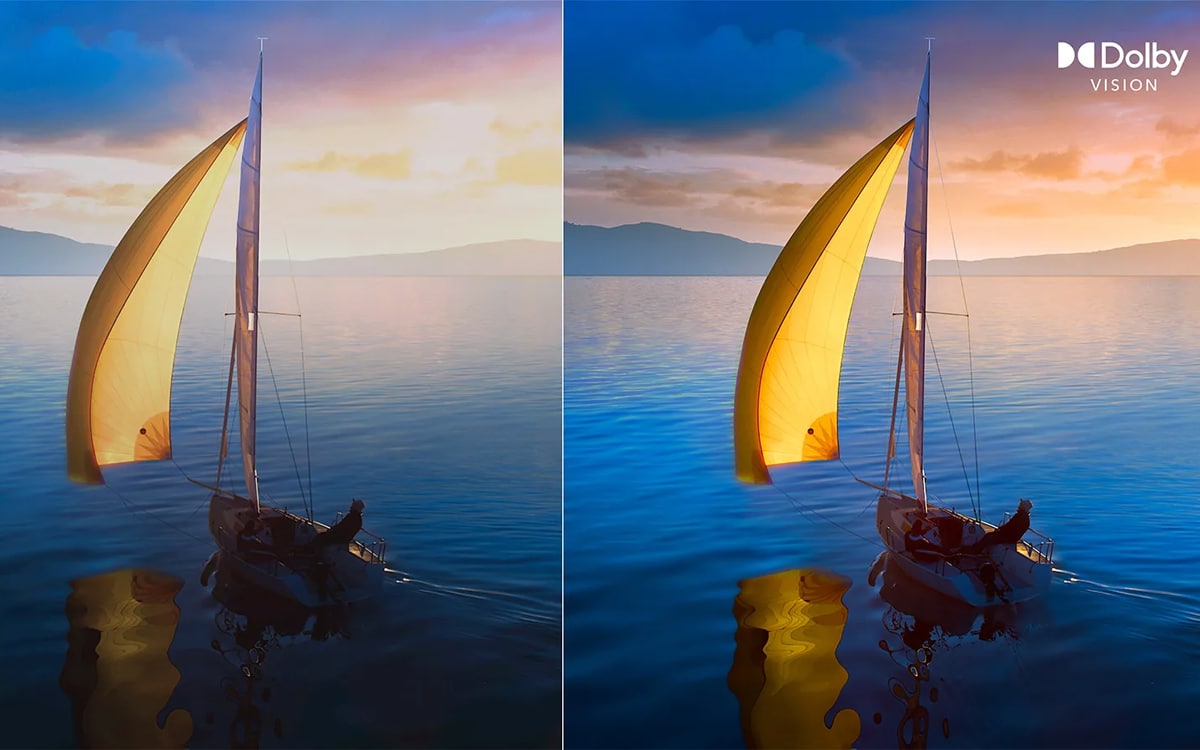
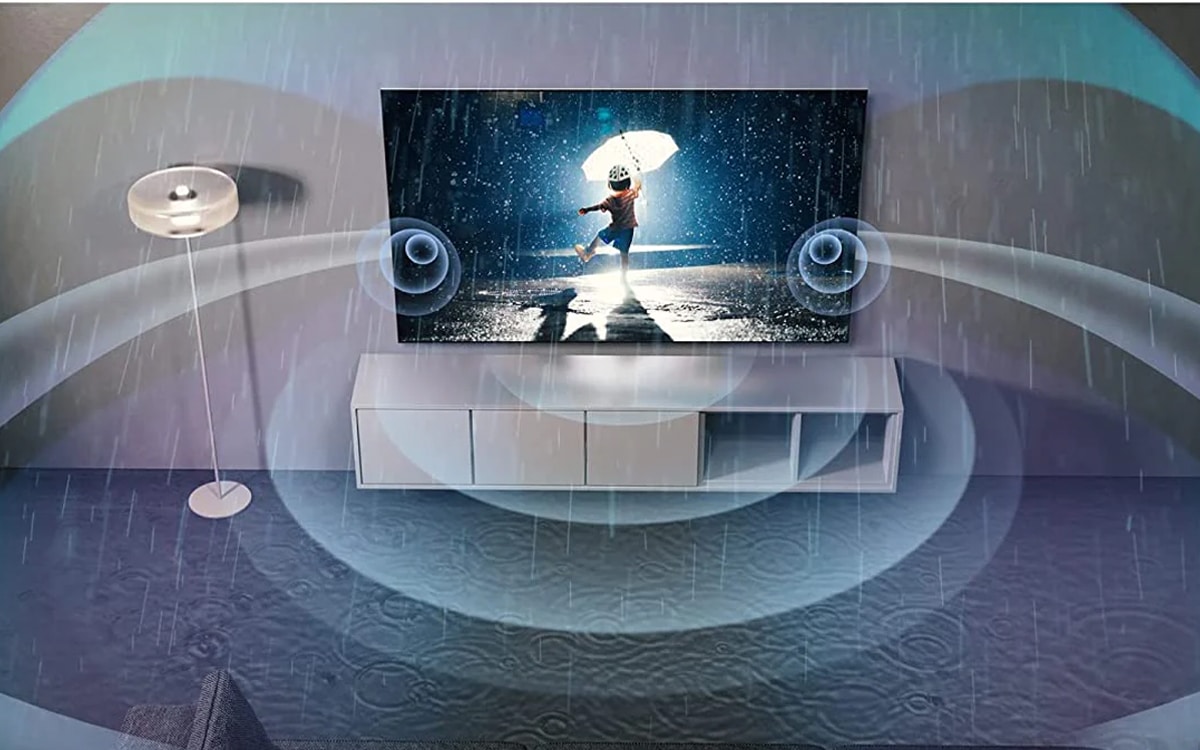
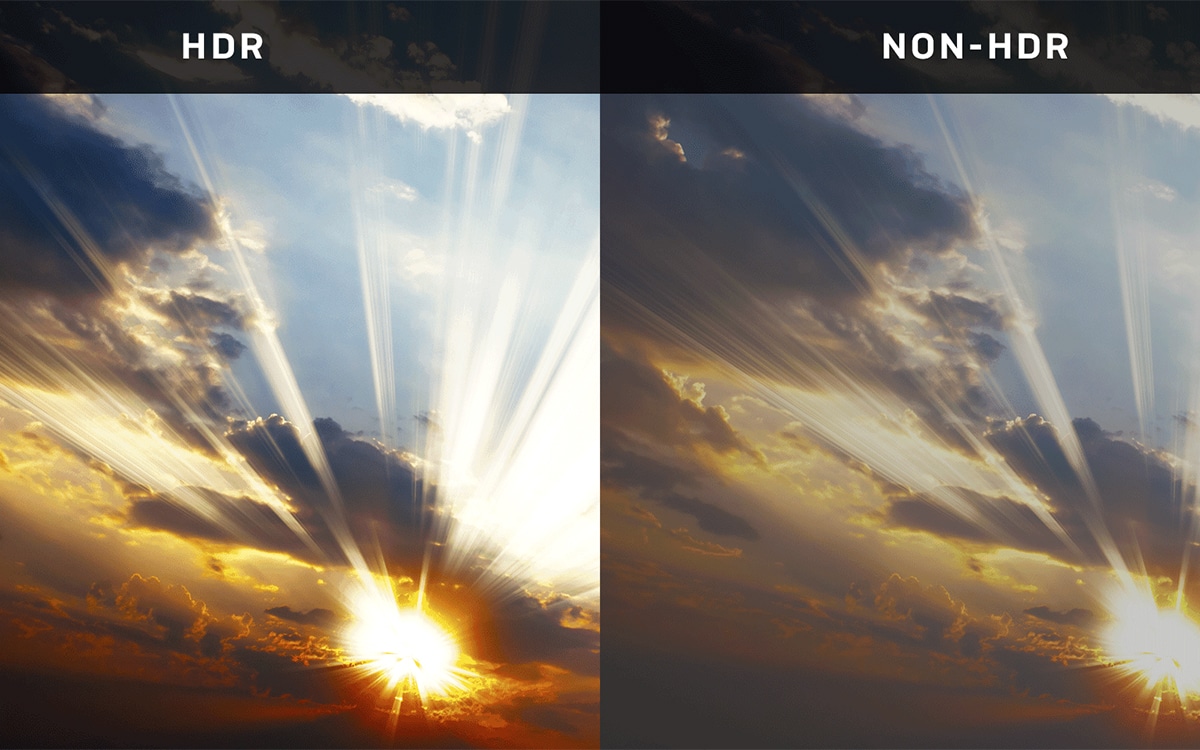
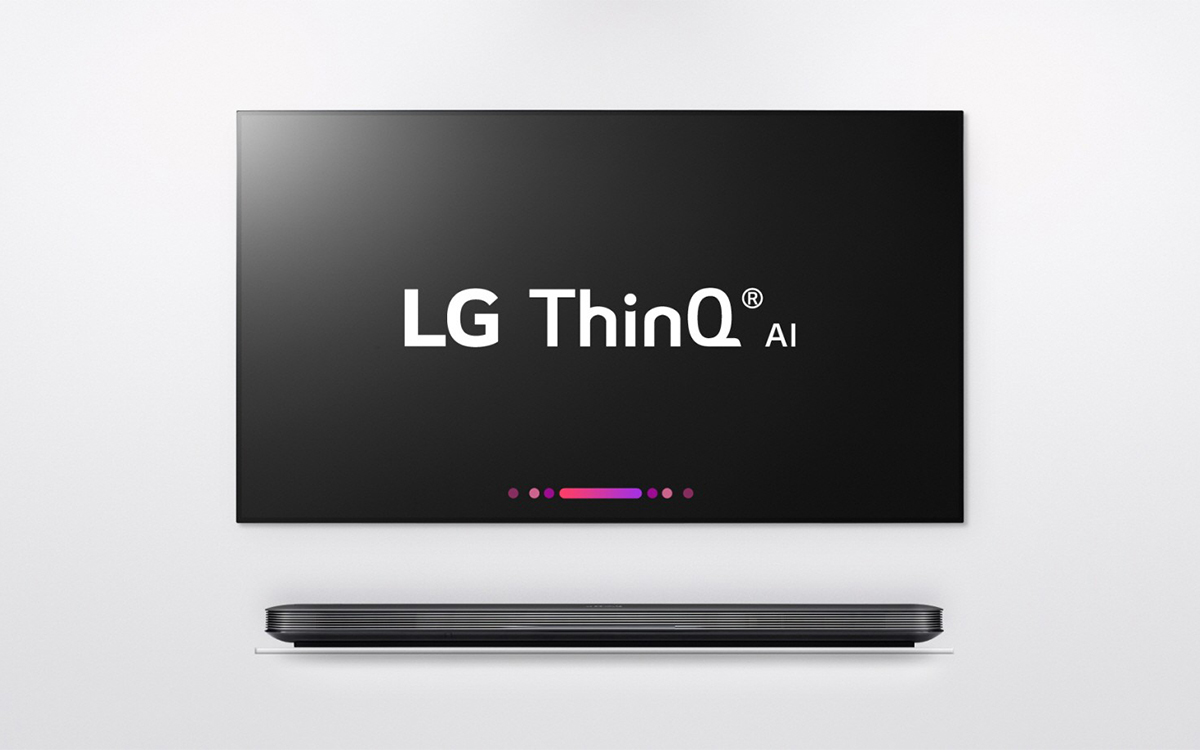
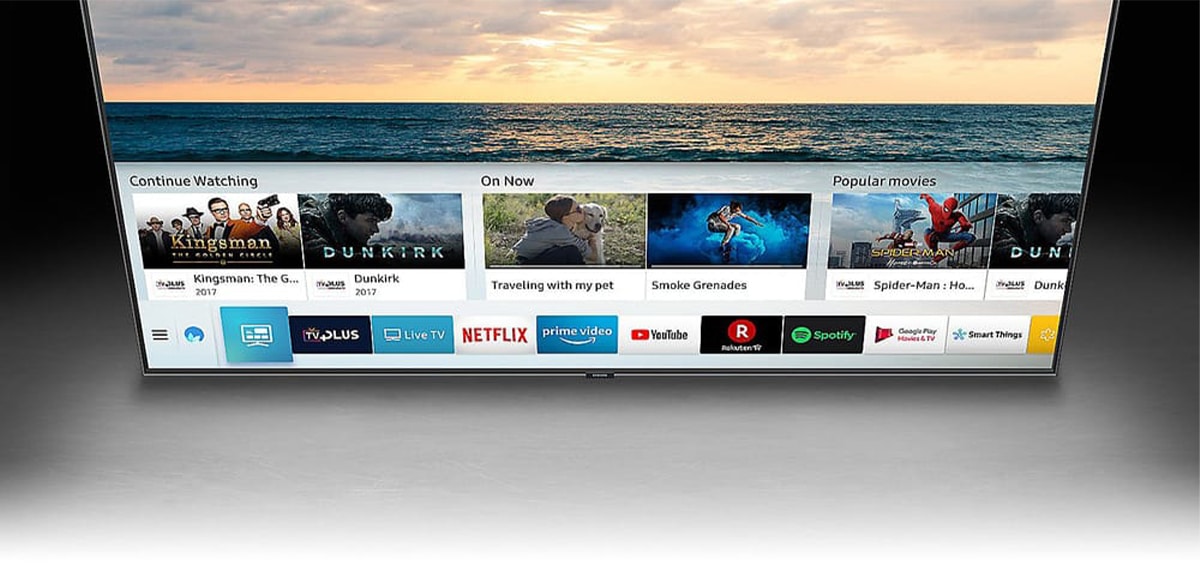
0 Comments